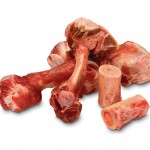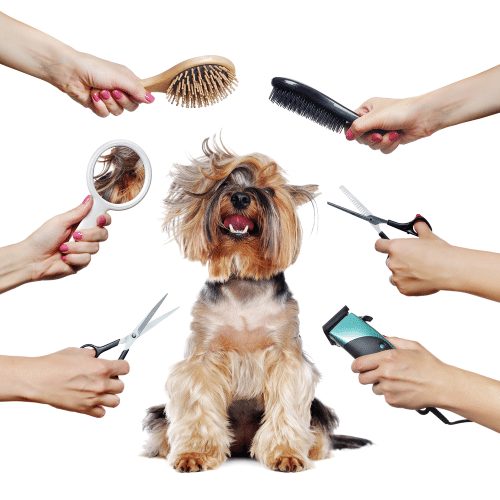For most people in the Northern Hemisphere, seasonal depression is nothing new. Most of us, when the days keep getting shorter, darker and fall whiff of melancholy is hanging in the air, our tail-wagging pooches help us to lighten the mood. But did you know that even the brightest and friendliest pooches are likely to become a little down as winter approaches?
Vet experts now believe that not only do dogs suffer from what is called Seasonal Affective Disorder in people, but they also echo humans in turning to comfort food to beat the symptoms of fatigue and depression. According to a veterinary study, as many as one in three dog owners reported a considerable downturn in their pets moods during the winter months. Half of the dogs slept longer and two in five were less active.
Experts also point out that if the summer season is poor, the dogs are more likely to be hit with winter blues sooner that year. “When considering our pets in this context, it’s fair to say that the very poor summer we’ve had and the onset of dark nights, could certainly have an impact on our pets’ mood,” senior veterinary surgeon and study co-author, Elaine Pendlebury said. “So, owners need to kick-start their pet’s winter health routine with regular exercise and a well-balanced diet.”
Today, scientists know that SAD in humans is caused by low levels of light that lead to a chemical imbalance in part of the brain that controls body functions such as sleep, appetite, mood and activity. And now experts believe the same is happening in our dogs.
“The cause of SAD in people is thought to be linked to the levels of melatonin in the body,” said Miss Pendlebury. “The production of this hormone is inhibited when light hits the eye’s retina. Therefore more melatoninis produced when it is dark, which is why it is also called ‘the hormone of darkness’ “When this hormone is released into the bloodstream it is thought to make us drowsy and a little down in the dumps.”
Sufferers feel aching tiredness, feelings of despair and even develop cravings for unhealthy comfort foods. Same is happening in our dogs. One in four dog owners reported their pet’s appetite increases in the winter.
How can you help your dog to feel more cheerful?
To reverse the symptoms experienced by unhappy pets, continually talk to your dog, comfort them, and play games such as hiding favorite toys to keep them active. Of course, your dogs mood change may also be simply due to cold weather and fewer opportunities to stretch their legs outside, but diet and exercise can play a big part in perking up your dog.
Getting another dog friend could be the cure
When you see your dog is turning less energetic with winter approaching, does not want to play and avoids his loved ones, you may want to get another dog friend. 80% of dogs who were alone at home most of the day experienced deeper ‘depression’ than those with dog companions. So, if you want to help your dog in feeling better, spend more time with him every day, place him in day care or adopt another dog friend may be a great idea.
A healthy family is a happy family.











